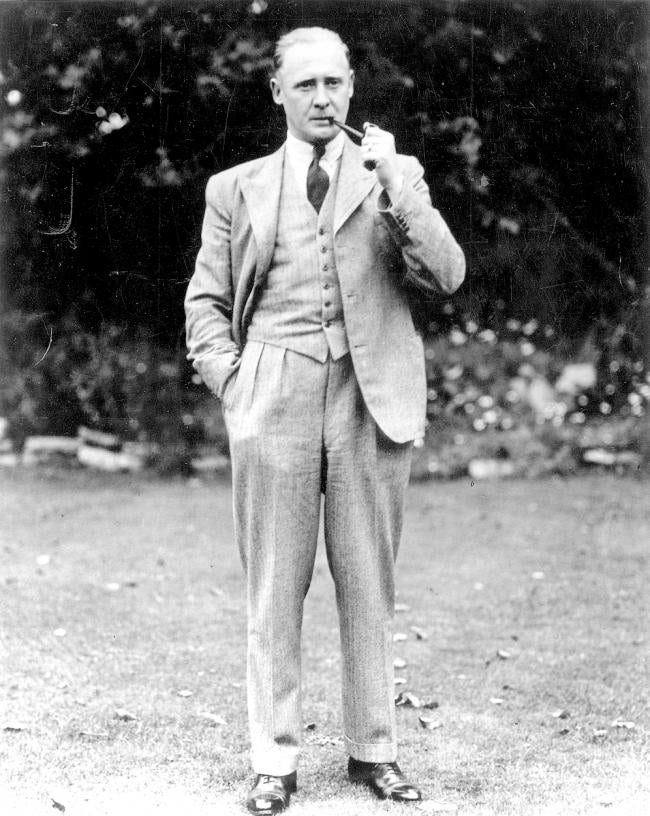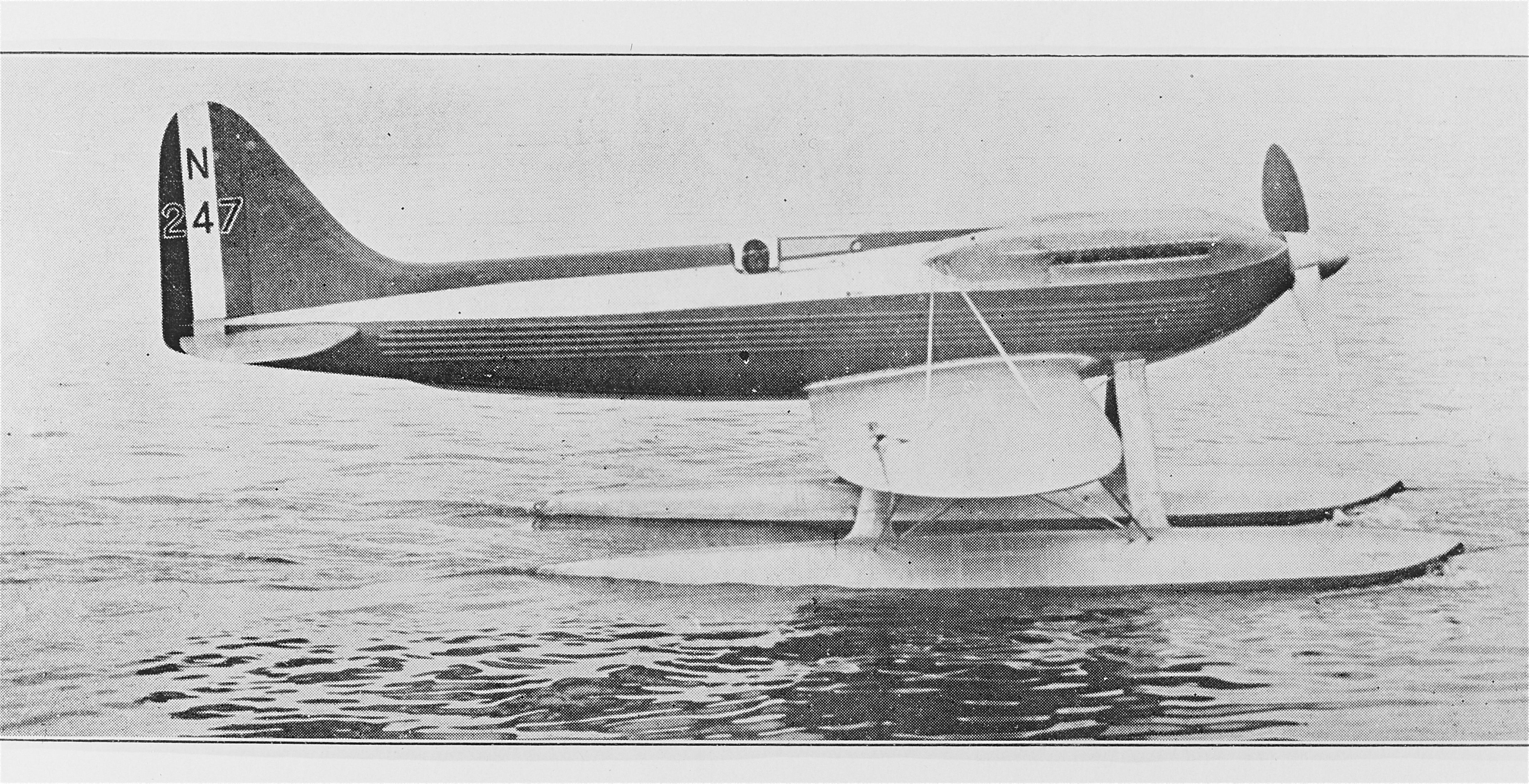 "Svend" (svend)
"Svend" (svend)
03/08/2020 at 20:18 ē Filed to: None
 5
5
 11
11
 "Svend" (svend)
"Svend" (svend)
03/08/2020 at 20:18 ē Filed to: None |  5 5
|  11 11 |
R. J. Mitchell designer of the Spitfire wanted flush rivets rather than the easier dome rivets but came up against resistance, so he did an experiment and found the Spitfire could fly 20knots faster with flush rivets, rather than dome rivets.



 Just Jeepin'
> Svend
Just Jeepin'
> Svend
03/08/2020 at 20:39 |
|
Itís amazing what you can discover when you bother to model the problem instead of making assumptions.
Iím reminded of the space shuttle, when foam falling off the external tank was assumed to be relatively harmless until someone actually conducted the experiment to prove otherwise.
(And no, I donít mean the orbital experiment. That was a dark, dark day.)
 dogisbadob
> Svend
dogisbadob
> Svend
03/08/2020 at 20:40 |
|
riveting
 Chariotoflove
> Just Jeepin'
Chariotoflove
> Just Jeepin'
03/08/2020 at 20:46 |
|
When I apply to use mice in my research, I have to justify why I couldnít model the system on a computer. Same reason. Reality contains variables that we cannot factor in because we donít know what they are.†
 Svend
> Just Jeepin'
Svend
> Just Jeepin'
03/08/2020 at 21:19 |
|
Yeí, I think the same when ever I watch the Dambusters and how Barnes Wallace came up with the idea and execution of the bouncing bomb to blow up some dams in WWII. How he proved it to the War Ministry.†
 Distraxi's idea of perfection is a Jagroen
> Just Jeepin'
Distraxi's idea of perfection is a Jagroen
> Just Jeepin'
03/08/2020 at 21:42 |
|
In theory, there is no difference between theory and practice....
 A Boy and His Longtail
> Svend
A Boy and His Longtail
> Svend
03/08/2020 at 22:09 |
|
You can model this on a drag polar by factoring in what is called standard roughness
 Just Jeepin'
> Svend
Just Jeepin'
> Svend
03/08/2020 at 22:11 |
|
Iíd never heard of him or the bombs, thanks.
Also tied to Planelopnik, he helped develop the swing- wing design that made this possible: https://en.wikipedia.org/wiki/Panavia_Tornado
 SilentButNotReallyDeadly...killed by G/O Media
> Svend
SilentButNotReallyDeadly...killed by G/O Media
> Svend
03/08/2020 at 22:30 |
|
Have some music to go with your post!
 Svend
> Just Jeepin'
Svend
> Just Jeepin'
03/08/2020 at 22:38 |
|
((correction, Barnes Wallis, not Barnes Wallace))
The Dambusters, in short. German dams were protected by anti torpedo netting, but even then getting an ex plosive charge to the dam wall wouldnít do much damage unless you could get the explosive to the base of the dam and use the water pressure at the base in tandem with the explosive charge to blow the dam. Barnes Wallis created the bouncing bomb that would bounce over the anti torpedo netting, then as it sinks itís still spinning causing it to hug the wall of the dam, once it got down to a set depth, itíd trigger the explosive to blow.
Actual footage from a German officer during the war.†
 Svend
> SilentButNotReallyDeadly...killed by G/O Media
Svend
> SilentButNotReallyDeadly...killed by G/O Media
03/08/2020 at 22:42 |
|
So majestic and graceful.†
 Nauraushaun
> Just Jeepin'
Nauraushaun
> Just Jeepin'
03/10/2020 at 21:08 |
|
The challenger space experiment as it's often called